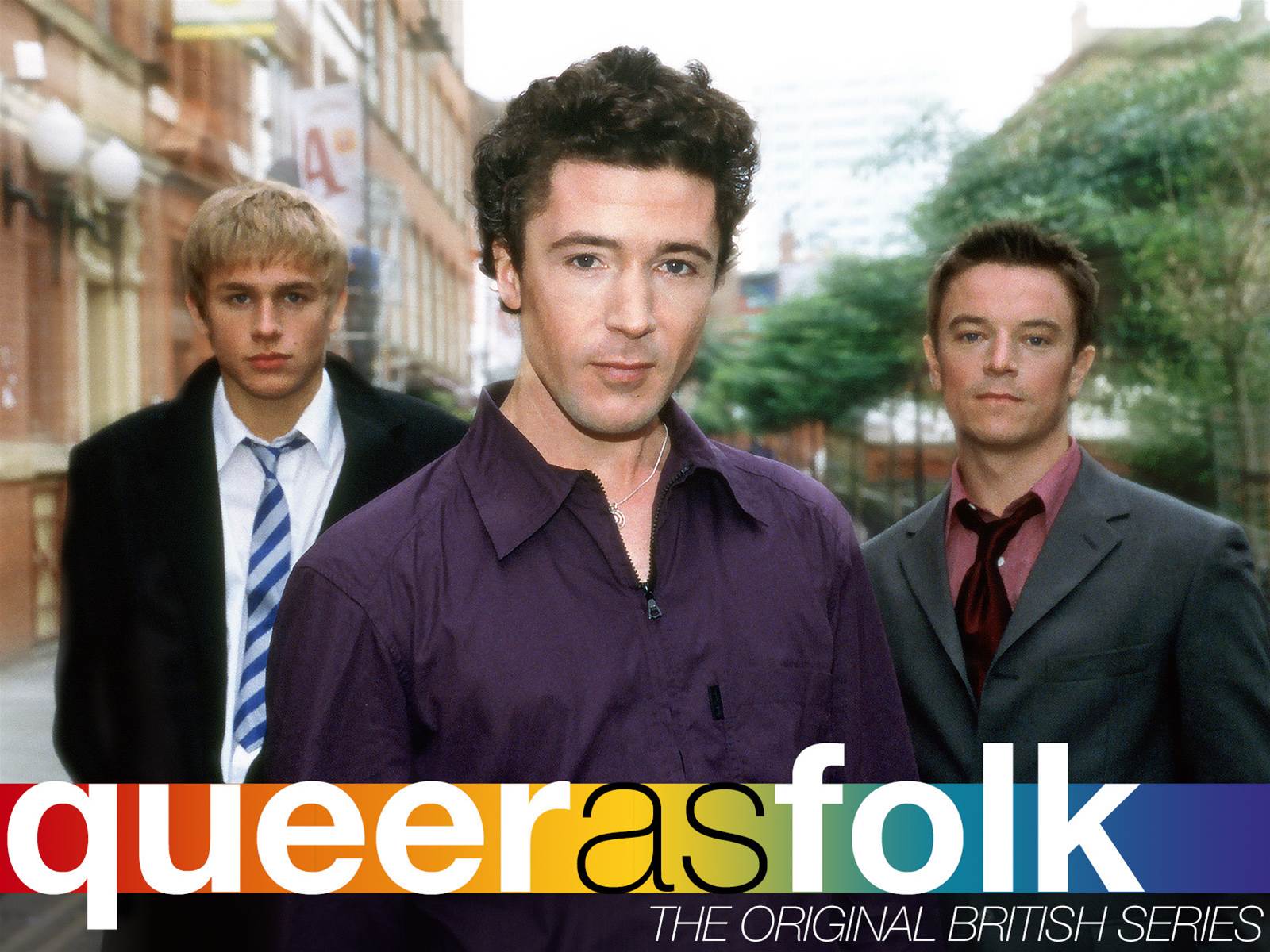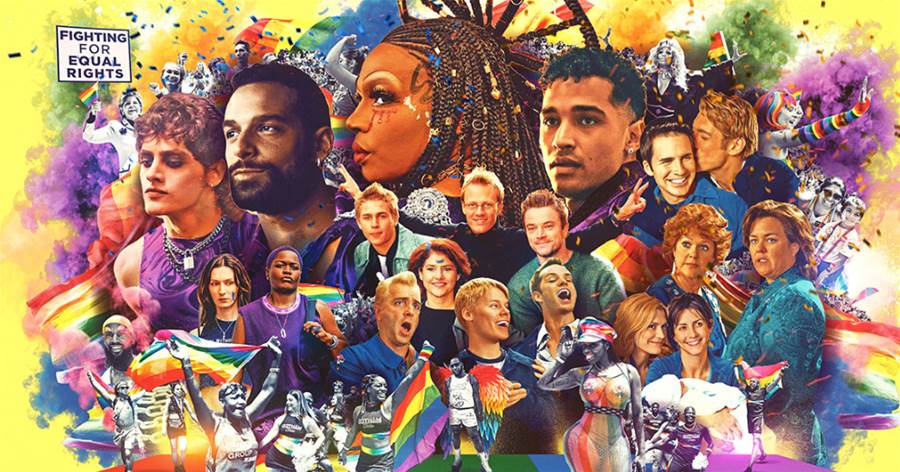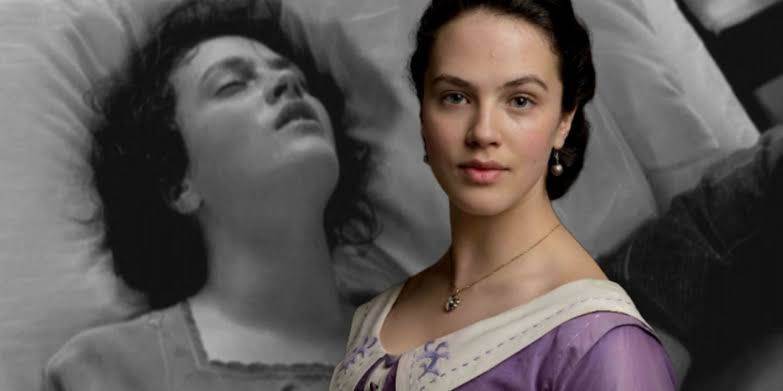
In the late 1990s, television audiences were introduced to a groundbreaking series that dared to explore the unfiltered lives of gay men in Manchester. This show, with its candid portrayal and unapologetic narrative, set a precedent that many argue remains unmatched.

Setting the Stage: A Tale of Two Series
The original "Queer as Folk," created by Russell T Davies, premiered on Channel 4 in 1999.
It offered an unvarnished glimpse into the lives of its characters, challenging societal norms and pushing the boundaries of mainstream television. Its success led to an American adaptation in 2000, set in Pittsburgh, which sought to capture the essence of the original while catering to a different cultural landscape.
Cultural Context and Authenticity
The British series was lauded for its raw depiction of LGBTQ+ life, reflecting the realities of the time without dilution.
Its narrative was concise, spanning just ten episodes, allowing for a focused and impactful storyline. In contrast, the American version extended over five seasons, introducing additional characters and plotlines that some critics felt diluted the core message.
Narrative Depth and Character Development
While the U.S. adaptation provided more screen time for character development, it often veered towards melodrama, earning it the description of being "soapier.
The article is not finished. Click on the next page to continue.
The article is not finished. Click on the next page to continue.
Next page


















